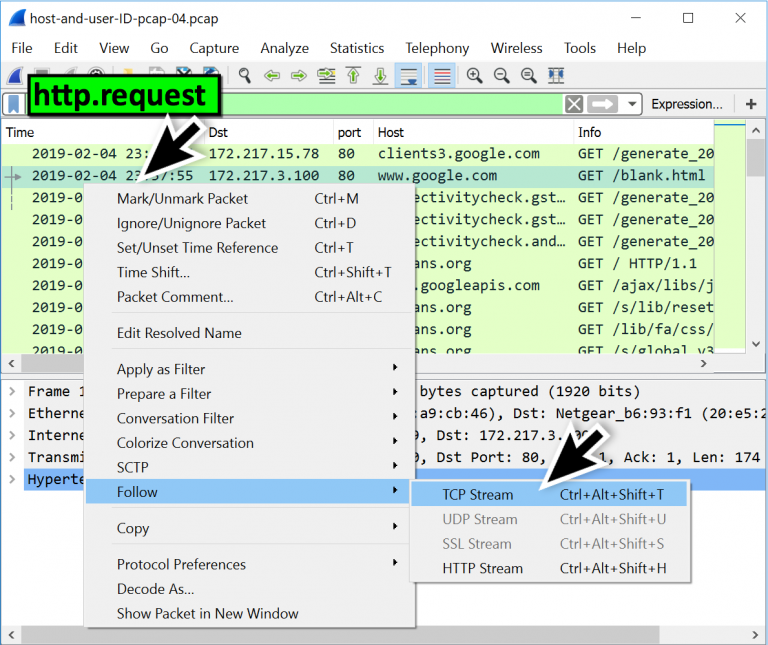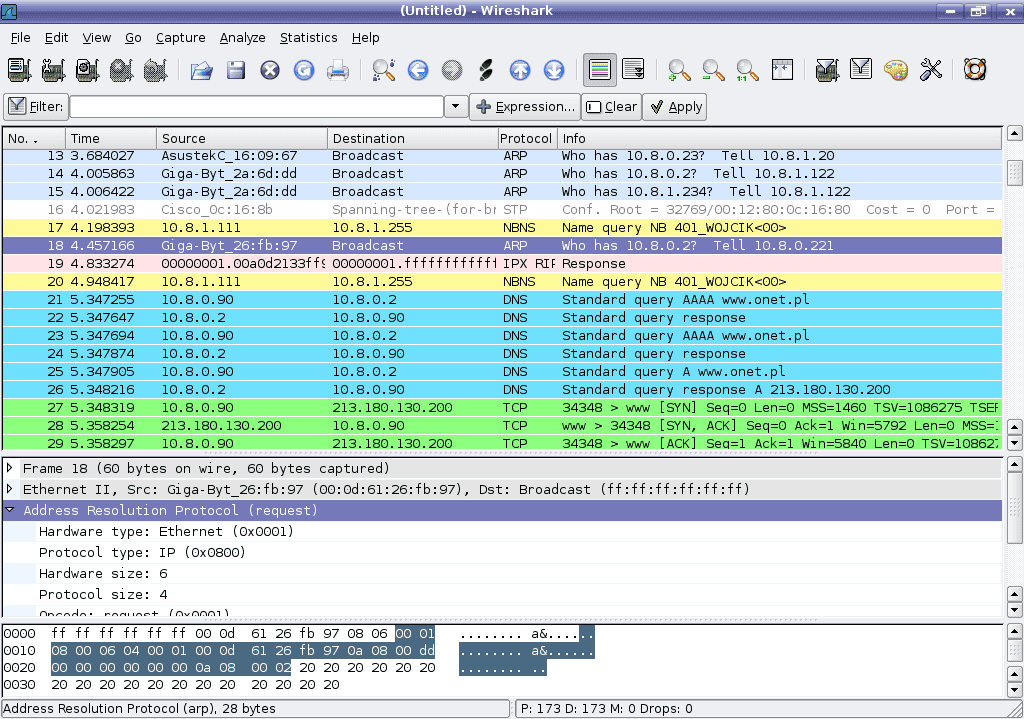

It is available in-box via the pktmon.exe command and via Windows Admin Center extensions. The tool is especially helpful in virtualization scenarios, like container networking and SDN, because it provides visibility within the networking stack. It can be used for packet capture, packet drop detection, packet filtering and counting. Packet Monitor (Pktmon) is an in-box, cross-component network diagnostics tool for Windows. Applies to: Windows Server 2022, Windows Server 2019, Windows 10, Azure Stack Hub, Azure, Azure Stack HCI, versions 21H2 and 20H2 There are also some online tools that can be used to inspect packet dumps quickly. The following link offers more information about text2pcap.

Capture the ASCII dump of some packets.Also being a command line tool makes it easily intergratable in scripts which is another thing I like about it.ĩ9% of the time I just use the main function without any options and it is as simple as following steps: It allows text comments within the ASCII files. Text2pcap, has some nice features including adding dummy L2/元 headers to application layer headers if your orginal capture is missing those layers. It converts the ASCII hex representation of a packet or a series of packets to a pcap file to inspect with whatever tool you prefer.

The program simply does what it's name implies. You are probably familiar with text2pcap but in case you aren't, It is a command line tool that comes pre-installed with wireshark package. Although with some experince and familarity, one can visually inspect some packets for certain pieces of informaiton but after all this is what computers are made for. Sometimes an engineer needs to look at packet captures taken from devices that don't generate. They tell exactly what is really going on and whether the configuration or changes are working as expected or not. Nothing in my experince is better at telling the real story than a packet capture.


 0 kommentar(er)
0 kommentar(er)
